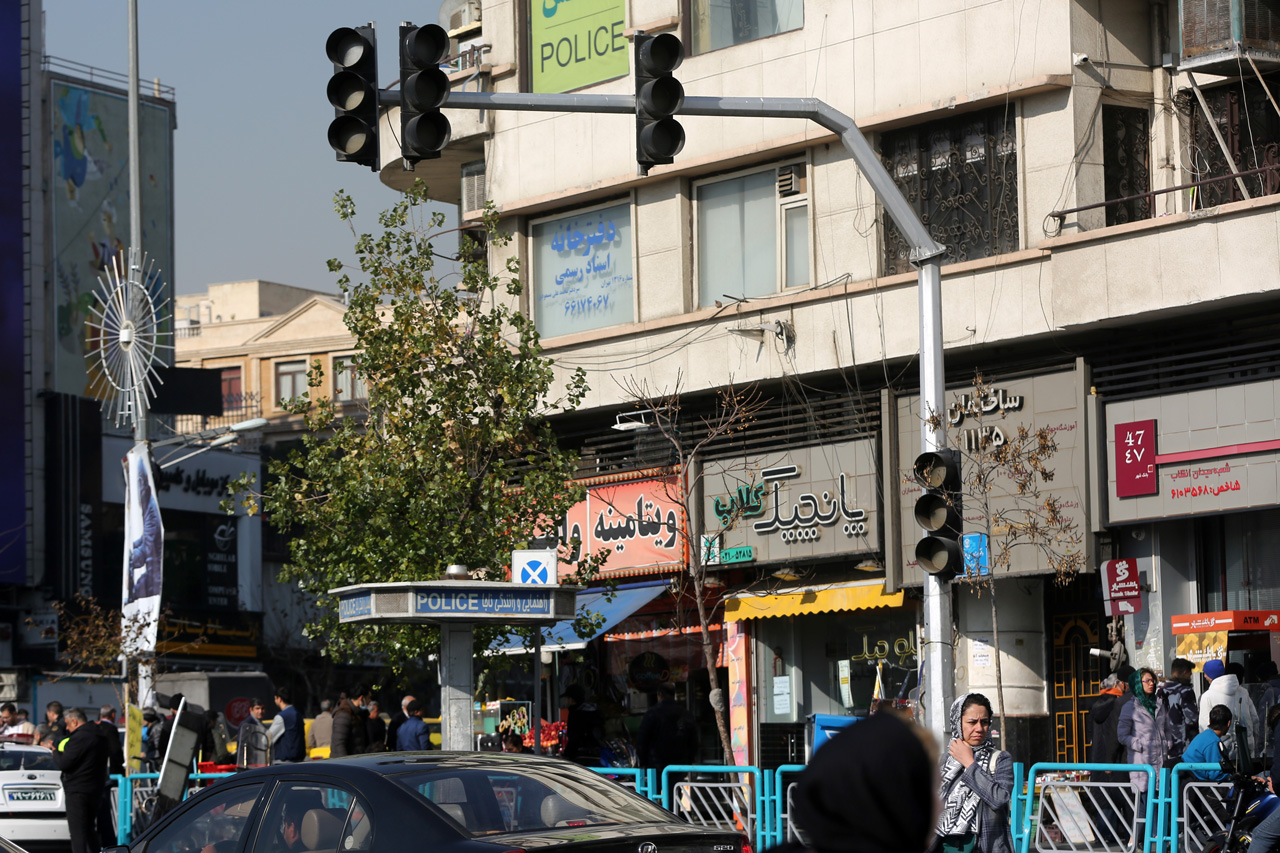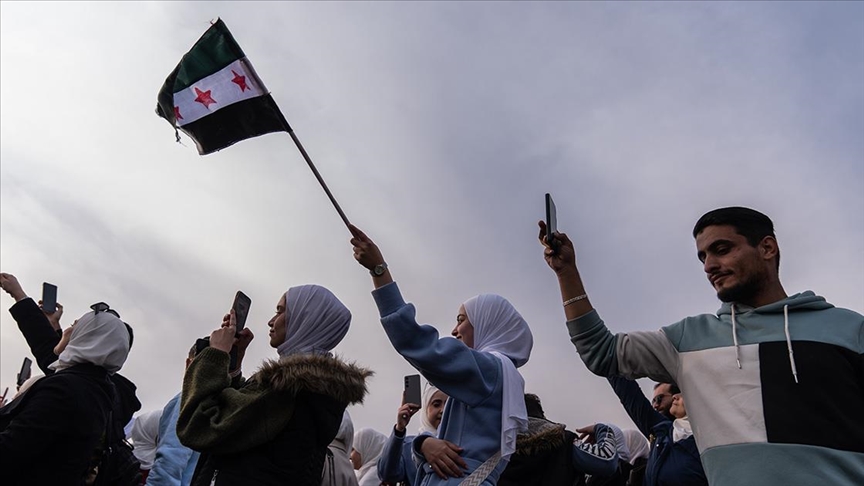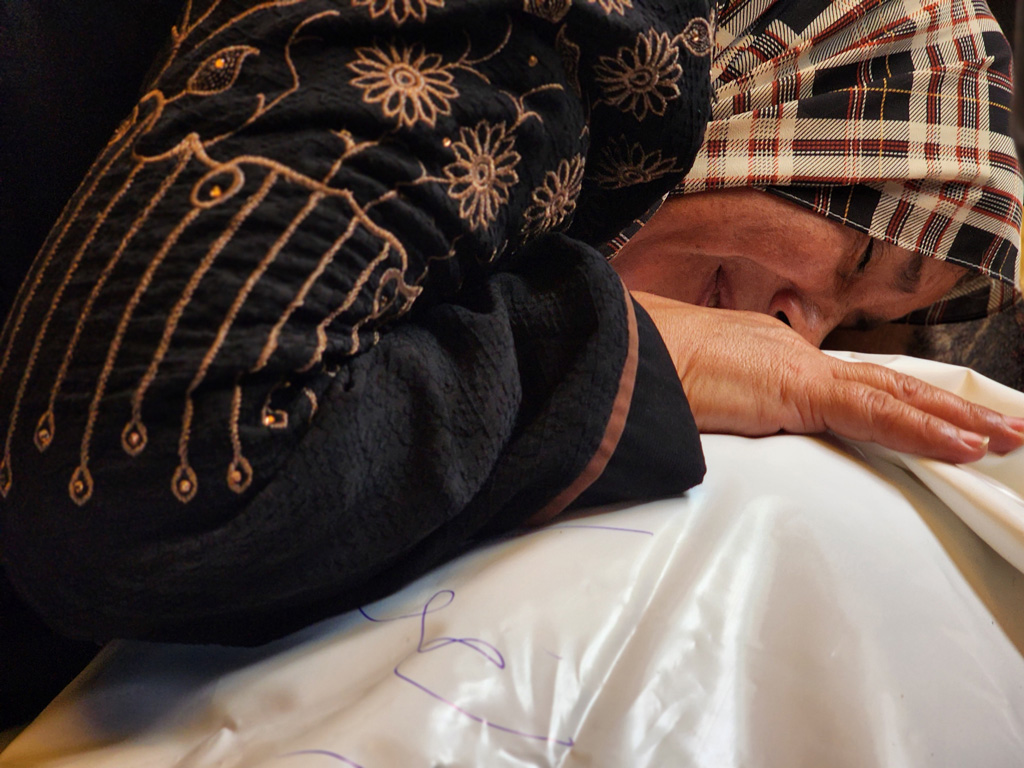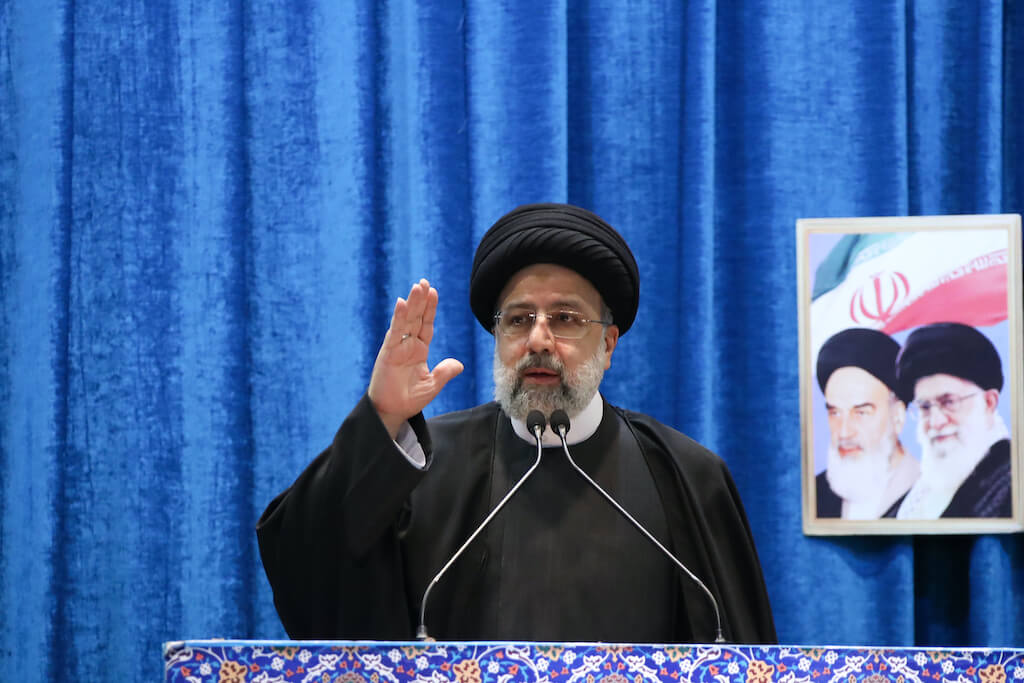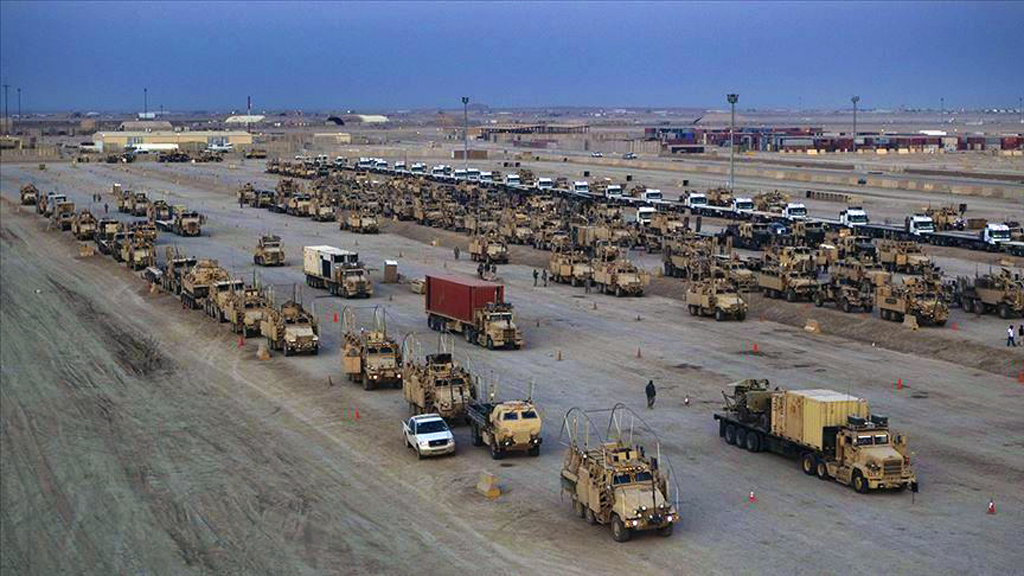Iran, despite having one of the world's largest oil and gas reserves, is facing a severe energy bottleneck, driven by heavy economic sanctions, inadequate infrastructure investment, and increasing domestic energy demand.
Disruptions in energy supply and frequent power cuts in the industrial sector are causing billions of dollars in losses to Iran's economy, while also posing a direct threat to daily life and essential infrastructure services.
A daily natural gas shortage of 350 million cubic meters and the shutdown of 17 power plants is projected to reduce industrial production by 30% to 50%.
The crisis is expected to lead to tens of billions of dollars in economic losses.
'Iran's energy crisis is a systemic issue'
In the past, Iran experienced occasional shortages of gas or refined products, but this time the country is facing a full-scale energy meltdown, with simultaneous shortages of electricity, natural gas, and refined fuels, Prof. Brenda Shaffer, a faculty member at the US Naval Postgraduate School told Anadolu.
Iran is experiencing a systemic energy crisis, Shaffer said.
She added that the crisis has also triggered a severe environmental problem, as power plants resort to burning heavy oil, causing dangerous levels of air pollution.
There are multiple factors behind Iran's current energy crisis, Shaffer explained.
'First, domestic gas and electricity prices are set too low, effectively acting as a government subsidy to maintain public stability. In the past, attempts to increase energy prices often triggered large-scale protests, making it too risky for the regime to implement further hikes,' she said.
Low prices deter private investment in Iran's energy production, and the government suffers significant financial losses by subsidizing energy for the public, she added.
'Iran is the eleventh least energy-efficient economy in the world, by and large due to very low energy prices that lead to extensive waste,' she said.
Shaffer explained that Iran's energy sector, along with infrastructure and communications, is heavily influenced by the leadership of Islamic Revolutionary Guard Corps (IRGC) commanders.
This results in a lack of financial transparency and widespread corruption, she said and added, 'Even when funding is directed toward infrastructure upgrades and maintenance, a substantial portion is misappropriated before being utilized for its intended purpose.'
The smuggling of subsidized refined products has worsened fuel shortages in the country, she argued.
Around 20% of Iran's fuel production is smuggled and sold abroad, driven by the significant price disparity between Iran and its neighboring countries.
'This makes smuggling an extremely lucrative business and further depletes Iran's domestic fuel supply,' Shaffer explained.
Neglect and policy missteps fuel energy crisis
Iran's energy crisis is worsened by poor infrastructure maintenance and flawed policies.
Tehran's inconsistent maintenance of its energy infrastructure and production has been a key driver of the current crisis, according to Shaffer.
'Energy systems, including electricity generation and natural gas fields, require regular investment to sustain capacity, and neglect drives up restoration costs,' Shaffer underlined.
She noted that insufficient gas storage and free oil shipments to Syria, while failing to meet domestic demand, have further aggravated the situation.
Shaffer added that Iran also lacks adequate natural gas storage to manage seasonal demand fluctuations and production challenges.
Policy priorities worsened the crisis, she said. 'Tehran regularly supplied Syria with 80,000 to 100,000 barrels of oil per day free of charge, on a credit line unlikely to be repaid, while struggling to meet the fuel needs of its own citizens,' she noted.
Iran's energy crisis has disrupted its natural gas exports to neighboring countries, according Shaffer.
'While Tehran continues to supply gas to Türkiye, Iraq, and Armenia, Shaffer stated that domestic shortages have eroded its reliability as an exporter,' she added.
Iran's energy crisis severely impacts agricultural production
Mustafa Caner, a faculty member at Sakarya University, highlighted the negative impact of Iran's energy crisis on the country's agricultural sector.
He pointed out that the failure of electrically powered irrigation systems and agricultural machinery has hindered timely harvesting, affecting Iran's food supply.
'The disruption in agricultural production caused by the energy crisis is pushing Iran toward increased food imports, adding an additional economic burden on the country,' Caner said.
Caner noted that the crisis has affected other vital sectors as well. 'Schools have faced interruptions in education due to a lack of electricity,' he added.
Frequent power outages in the industrial sector have caused billions of dollars in losses, particularly hitting energy-intensive industries such as steel and cement, he said.
'The latest blackouts reportedly forced the closure of 22 cement factories, resulting in significant disruptions to production,' Caner added.
Caner emphasized that lifting sanctions is key to resolving Iran's deepening energy crisis, adding that this can only be achieved if Iran returns to the negotiating table with the US and Western countries.
'It is expected that the Trump administration will maintain its hardline stance on Iran and introduce new sanctions before the nuclear deal expires in October,' Caner said.

